'Death coming out of the ocean': Red tide killing California sea lions, dolphins
Jalapeño the sea lion turned up on a crowded California beach in a daze, experiencing seizures and heavily pregnant.
Instead of giving birth in a remote location like sea lions prefer, Jalapeño had her pup on Southern California’s Hermosa Beach on a busy Saturday, surrounded by throngs of curious onlookers.
After the pup emerged, Jalapeño rolled lethargically into the surf, on the verge of dying.
Two weeks later, things are looking up for both Jalapeño and her pup. Although severely sickened by a historically bad algal bloom off the coast of California, the mother and baby sea lions have been receiving around-the-clock treatment at the Marine Mammal Care Center in Los Angeles.
Jalapeño scrambled to scarf down every fish that one of her caretakers was throwing into her pen on Thursday. She was so exuberant, her pup had to take refuge in the shadow of another nearby mother.
“Watching her eat is sort of a big adrenaline shot right now,” said John Warner, CEO of the center. “She's been really out of it since she got here, so eating means she's awake and really recovering. And so that just makes me happy.”
Jalapeño is one of the lucky ones. A recent algal bloom has sickened or killed hundreds, perhaps thousands, of sea lions and dolphins off the central and southern coasts of California since June 8.
“I have been a marine mammal veterinarian for 35 years, and this is definitely the worst in my professional lifetime,” said Sam Dover, executive director of the Channel Islands Marine & Wildlife Institute.
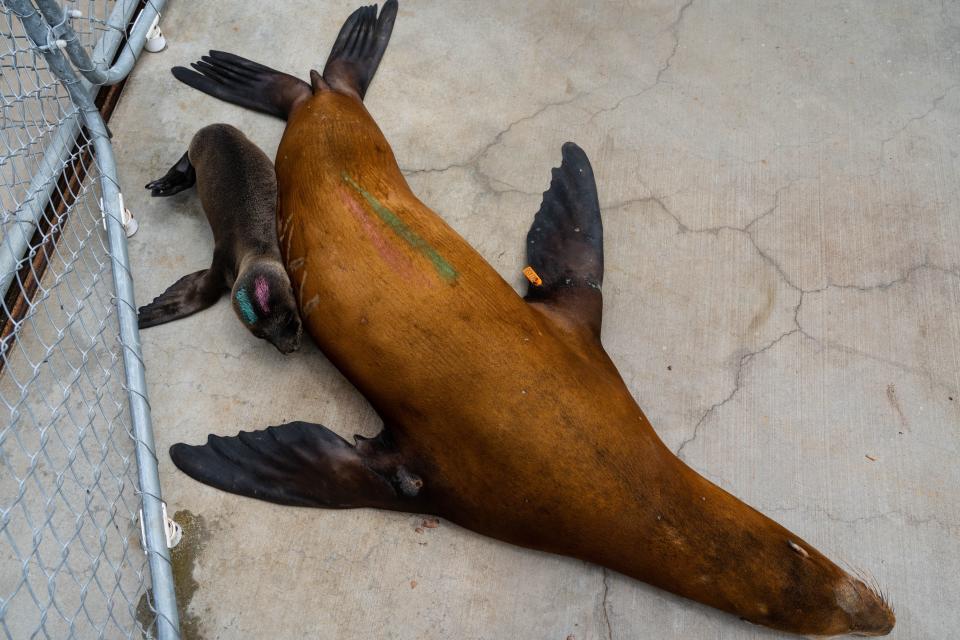
What's happening
The waters off central and southern California are experiencing a harmful algal bloom, sometimes referred to as a red tide.
A harmful bloom happens when naturally occurring algae grow out of control and produce a neurotoxin called domoic acid, according to the National Oceanic Atmospheric Administration, or NOAA.
The Marine Mammal Center in Sausalito, California, diagnosed the first case of domoic acid poisoning in marine animals in 1998. Since then, harmful algal blooms have occurred along the California coast about nine times.
And now, “these blooms are a growing problem in every U.S. coastal and Great Lakes state,” according to NOAA.
While there are a lot of unanswered questions about what creates the perfect storm for a harmful bloom, “human activities that disturb ecosystems seem to play a role in their more frequent occurrence and intensity,” according to NOAA.
“Increased nutrient loadings and pollution, food web alterations, introduced species, water flow modifications and climate change all play a role.”
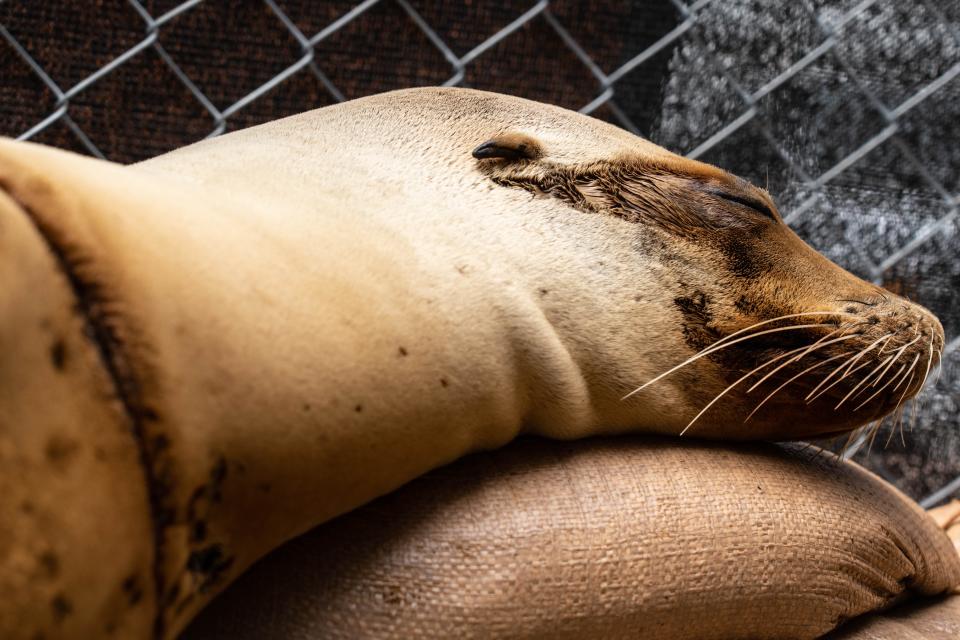
Normally, a harmful bloom clears up in a couple weeks but California’s current bloom has been wreaking havoc for more than a month.
It’s “a runaway train,” said Clarissa Anderson, executive director of the Southern California Coastal Observing System. "It's unusual that it has persisted for so long and has managed to become so acute."
Impact on animals
Sea lions and dolphins get domoic acid poisoning when they eat small fish where the toxin has accumulated. How sick an animal gets depends on the amount they ingest.
Symptoms include foaming at the mouth, seizures, confusion, lack of appetite and unpredictable behavior.
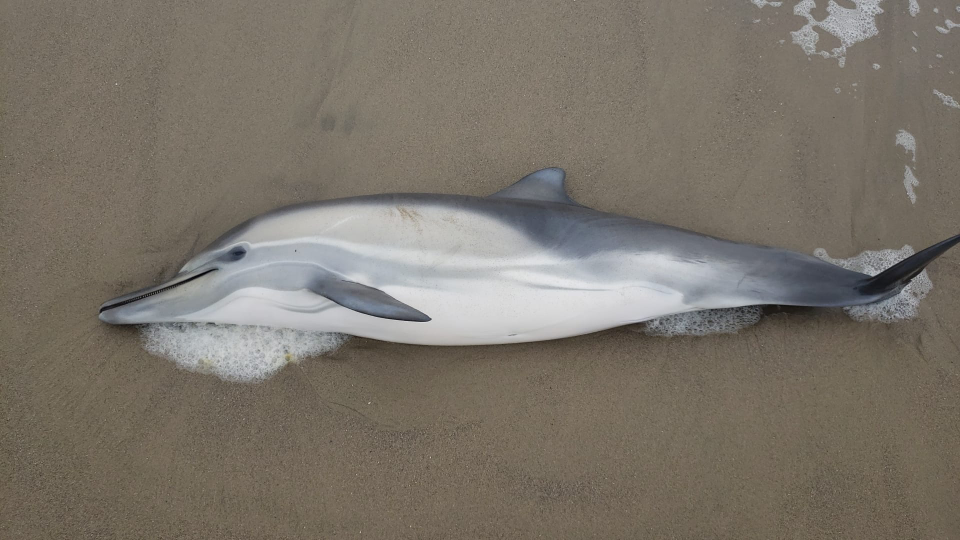
Dolphins with domoic acid poisoning are largely untreatable because when they arrive on shore, they’re already dead or dying. Because sea lions can survive outside of water, they’re easier to treat.
But it’s a disturbing sight.
“What you saw were very large females with domoic acid having seizures, foaming at the mouth, laying comatose on beaches, all populated with thousands and thousands and thousands of people,” Warner said.
Because there’ve been so many sick sea lions this summer, Los Angeles' care center has had to open triage areas for the sick animals and enlist the help of dozens of marine veterinarians who’ve flown in from other states.
On Thursday, eight of the sick sea lions were lying lethargically in a fenced-in area outside the center. Two new mothers, including Jalapeño, and their pups were in a fenced-off area inside the facility to help keep the newborns safe.
“We ran out of space two weeks into the whole thing,” said Warner, who checks on the mothers and pups every morning.
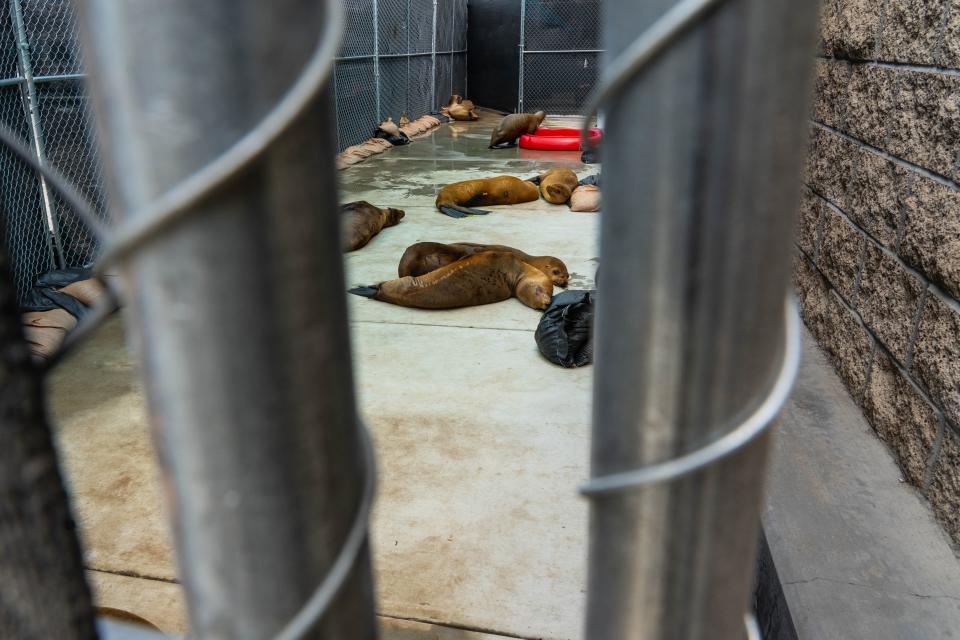
What now?
The people rescuing and treating the sickened animals, and the scientists who study the algal blooms, are all worried that this summer’s is just the beginning.
Dr. Lauren Palmer, lead vet at the Los Angeles care center, said seeing the animals suffering on a daily basis has taken its total.
“It’ll be very unfortunate if this is the new normal,” she said. “I'm afraid that's what we're preparing for.”
Warner said he's hoping that the public gets the message about the impacts of climate change and understands that it's not too late. And it shouldn't be a partisan issue, he said, pointing out that Republican President Richard Nixon approved the Marine Mammal Protection Act.
“It is not normal for people to go on the most popular beaches in the world and see death coming out of the ocean,” Warner said. "This should be a wake-up call."
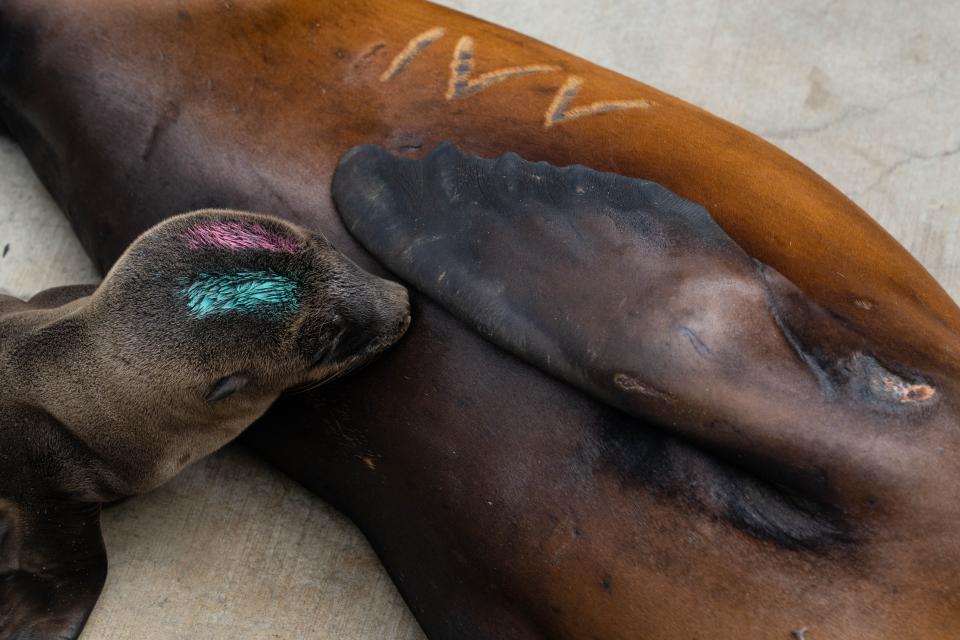
This article originally appeared on USA TODAY: Historic California red tide killing, sickening sea lions, dolphins

